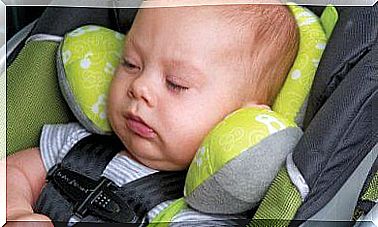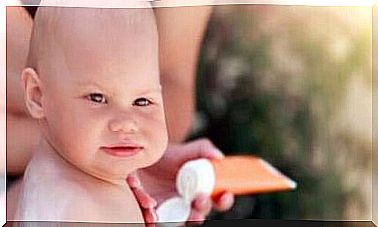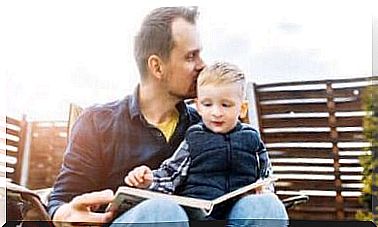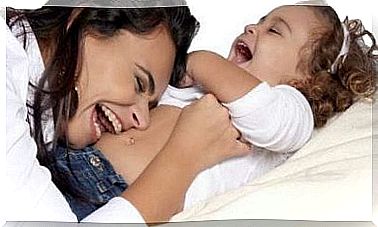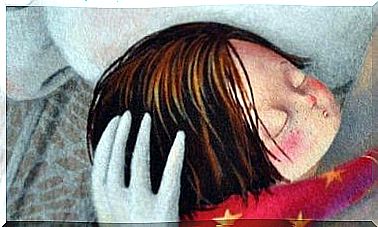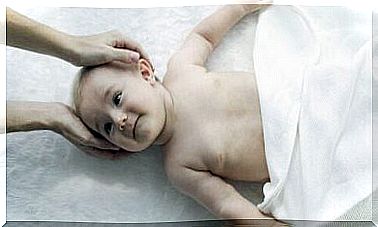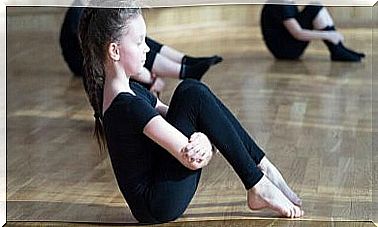10 Tricks To Cut Your Baby’s Nails
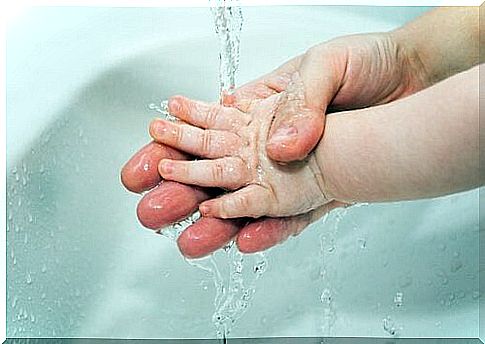
The task of cutting your baby’s nails requires more practice than you might imagine. Parents often put it off for a long time, which is not a good idea. Some also decide to leave this job to someone with more experience, or expertise.
Infants’ fingers and toes are small, and their nails and toenails even more so. It is so hard to see where their nails end and their skin begins that parents are often afraid of harming their child.
Babies’ delicate bodies make it challenging to take care of them. Therefore, parents must be especially careful with feeding, hygiene and clothing. It is important to buy suitable products and use them properly.
Baby nails grow just as fast as adults. Nail growth can be even more noticeable in babies. We know that cutting them is a struggle, so this article provides ten tricks to make it easier.
10 tricks to cut your baby’s nails
It is possible to cut babies’ nails if you follow expert advice. Experts can, of course, be parents as well as pediatricians, as the experience comes through practice.
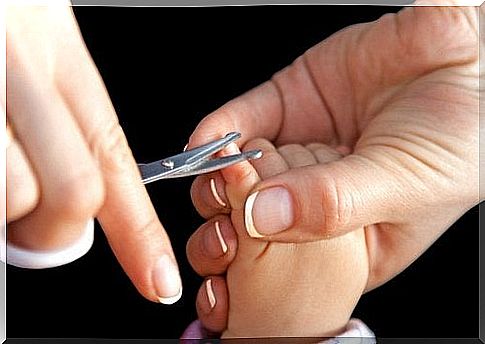
There are two basic factors that should be under control: a good overview of the nail and the movement of the baby. While these are the main reasons why this task can be so difficult, they are also the key to overcoming the challenge.
Tricks to cut your baby’s nails are:
- Take the opportunity to do so while your child is sleeping. This way you can avoid worrying about them moving. But you may be worried about waking the baby; if you decide to cut nails while they are awake, do so with the help of another person.
- Use the right tools. Use scissors with rounded edges or a clipper designed specifically for babies. Not using the right tools makes this task more difficult and increases the risk of wounds.
- Make it a habit. Children should have their nails cut off completely when they are newborns. Nails grow fast, and long nails pose a risk of the child scratching their face . There is nothing stopping you from starting to do that, from the first few days of your baby’s life, and it can be harmful to put it off.
- Other techniques. Your baby’s nails are fragile and break easily, so it’s a good idea to use an electric or manual file to remove any sharp edges without cutting. This way, you only need to cut their nails when they get very long.
More tips on cutting your baby’s nails
- It can be helpful to cut the baby’s nails right after a bath when they are softer. Cut them all the way down, but without cutting the fleshy part of their fingers.
- Get a better view. It is common for parents to lift their child’s fingers or toes and cut the nail from above, but it’s hard to see like that. A better way is to cut the nail underneath, pressing lightly on the fingertips to push them back from the nail.
- Choose the right place to do it. Although it is tempting to leave the baby in their crib, where they feel comfortable , it is important to find a place that is bright and airy, to cut the baby’s nails. This way, you can avoid accidentally cutting into them, due to poor visibility.
- Be careful, but do not be afraid. It is important to cut tight. Nerves will make you clumsy, which is not good for your little one’s health.
- Use something to distract them. As your baby grows, their nails become stronger and their skin becomes less delicate. At the same time, however, they become more restless, making it even harder to cut your child’s nails . For older children, use something that will hold their attention so they look at something else and do not move.
- Clean up after cutting the baby’s nails. Although they look small and harmless , nail clippings are a danger to your baby if they get into their mouth or eyes. For this reason, it is best to clean their hands, clothes and the space around them when you are done.

Experience comes with time
We are confident that these tips will encourage parents to become better at this healthy and important task. Over time , parents gain the necessary experience to perform this type of care in a way that is comfortable, safe and suitable for their children, using the tools at their disposal.
